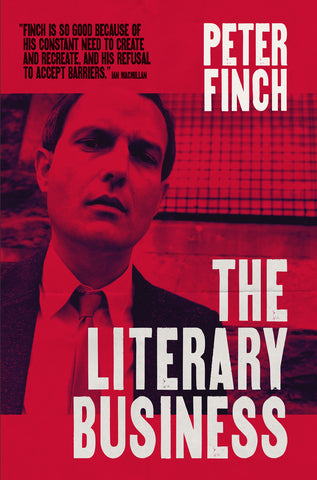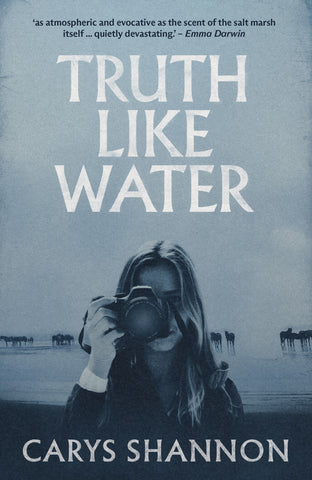Firstly, an introduction. I’m Mari. I wrote Salacia, one of four poetry collections launched by Parthian this autumn. I’m going to be writing a few guest posts for Parthian, like Rhian did a little while back. And finally, I think Rose Tremain's declaration that contemporary poetry is in a ‘rotten state’ was steeped in a cultural unwillingness to enter a new age of diversity in literature. I think it was wrong.
Novelist Rose Tremain caused a stir last week by declaring contemporary poetry was in a ‘rotten state’ during an interview with TLS:
No single author but a collective. Let’s dare to say it out loud: contemporary poetry is in a rotten state. Having binned all the rules, most poets seem to think that rolling out some pastry-coloured prose, adding a sprinkling of white space, then cutting it up into little shapelets will do. I’m fervently hoping for something better soon.’
I won’t discount Tremain’s opinion – perhaps the poetry she’s been reading hasn’t been to her taste, but no collective can be tarred with such a sweeping statement without backlash.
Critics of contemporary poetry often pass judgement based on style, under the false impression that ‘style’ has to pertain to a specific form, verse, rhyme-scheme, structure and so on. Maybe this was once the case, but not anymore; if you ask me, a sideways step in our established methodology can only ever be a good thing – we must mutate in order to survive, why shouldn’t poetry?
If we unpack the recognised definition of poetry:
a ‘literary work in which the expression of feelings and ideas is given intensity by the use of distinctive style and rhythm,’
and then explore that use of ‘style:’
‘a particular procedure by which something is done; a manner or way,’
it’s arguable that pretty much anything goes.
The ‘manner or way’ in which a poem is conceived could relate to emotion, intensity, the creative process, intent. Who are we to decide what merits ‘real’ poetry? Yes, I’ve come across poetry I don’t particularly gel with, poetry I don’t feel is saying anything in particular, or not saying it with enough skill to pack a punch, but that doesn’t mean it’s not poetry. And hey, if ‘Instagram poetry’ is getting teenagers to read and explore poetry for the first time, it's accomplishing something that exam boards couldn't when I sat my GCSEs. (On the flipside several poems from the Library of Wales Poetry book will be introduced to the curriculum in 2020.)
The real question is not about whether it has too much ‘white space’ or too many ‘little shapelets,’ it’s about whether it has sustenance, integrity, truth. It’s about whether or not it makes you feel something.
The crux of the matter is there’s not enough diversity in the contemporary poetry we’re given easy access to, and what little diversity does exist frightens the more ‘traditional’ amongst us. (Another way in which poetry mimics life.)
If only a fraction of contemporary poets are given a platform, only a fraction of contemporary poetry enters the zeitgeist, and only a fraction is seen by the mainstream. I feel Tremain needs to delve a little deeper, go beyond the bestseller list, and beyond the Instagram poetry she is inevitably referring to. She may just find something she likes...
10 collections/pamphlets that prove contemporary poetry is not in a rotten state:
(from the top of my head and in no particular order... there are so many more!)
- Her Birth, Rebecca Goss
- Kink and Particle, Tiffany Atkinson
- Giraffe, Bryony Littlefair
- Spells: 21st Century Occult Poetry, ed. Rebecca Tamas
- More than You Were, Christina Thatcher
- And Suddenly You Find Yourself, Natalie Ann Holborrow
- Brood, Rhian Edwards
- This is Not a Rescue, Emily Blewitt
- All My Mad Mothers, Jacqueline Saphra
- The Withering Room, Sarah Sibley




